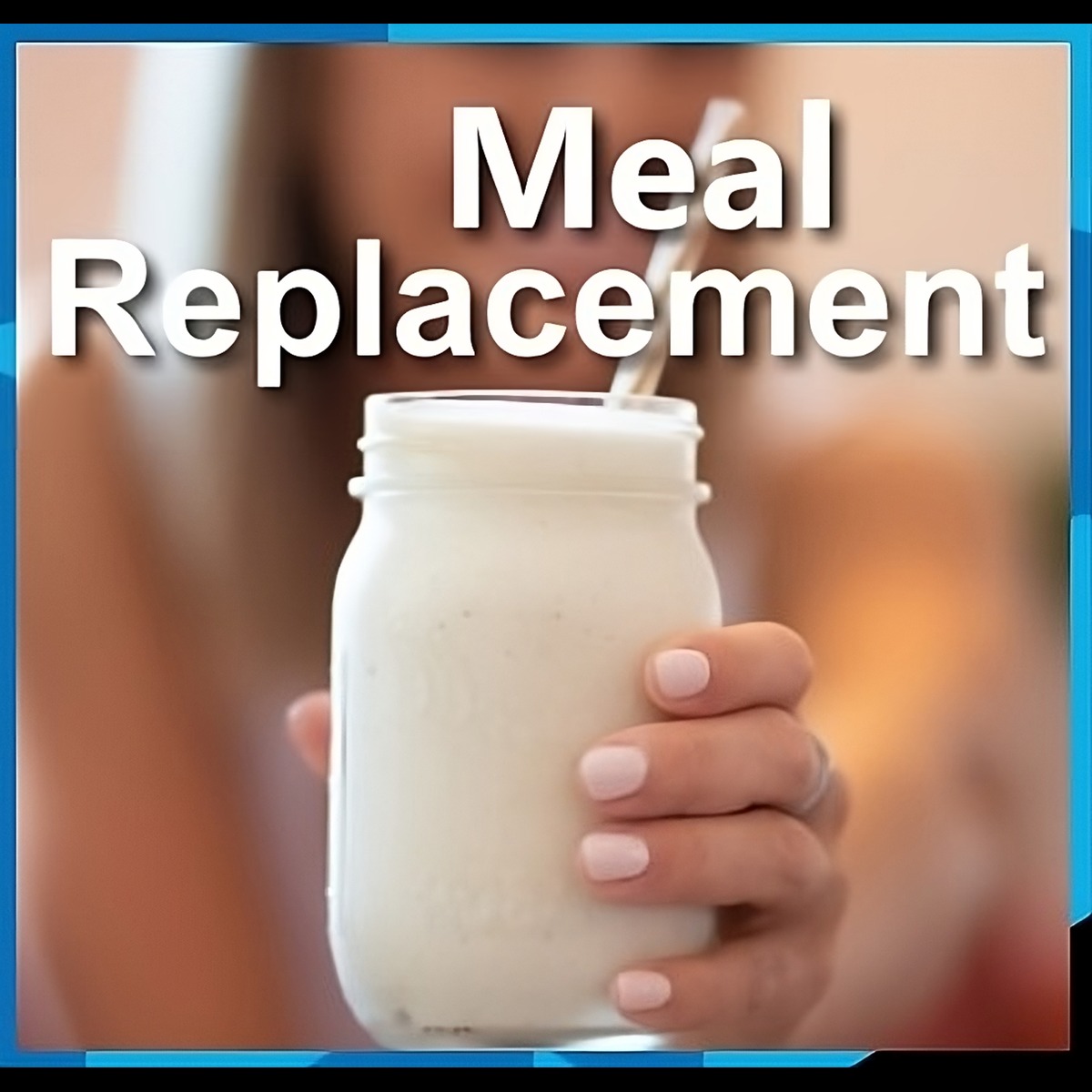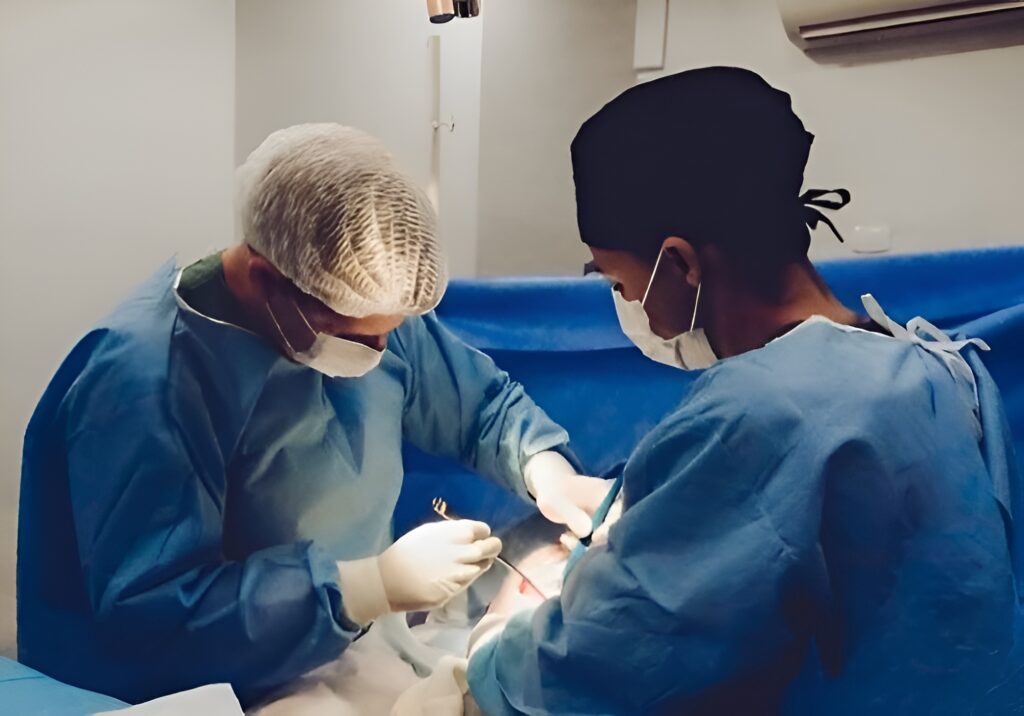
Depression can lead to weight gain due to changes in appetite and activity levels. Understanding the intricate relationship between the two is crucial for overall health. The disorder can lead to an increase in weight, which may contribute to obesity.
As an expert in diet and nutrition, I understand the significant impact that mood disorders can have on our bodies. When individuals are depressed, they often experience changes in appetite and activity levels, which can lead to an increase in body fat.
The link between being depressed and gaining weight is well-documented with symptoms often causing changes in appetite that result in overeating. It can also lead to a decrease in physical activity resulting in gaining even more unexpected weight.
Certain antidepressants can cause increased body weight creating a clear link between the two. Notably, being overweight or obese intensifies the likelihood of developing depressive symptoms due to the emotional and physical strain it imposes on the body.
These symptoms can seriously impact both your mental and physical well-being. Please don’t ignore it. Seek medical help if you are struggling with mood or experiencing an unexplained weight change.
You are not alone. Extensive research reveals a powerful connection between mental health struggles and obesity.
Surrounding yourself with a support team that understands your struggles can lead to significant improvements in both your mental and physical health while providing the emotional assistance you need during difficult times.
Discovering the connection between these two conditions unlocks treatment possibilities that can enhance your mental health and well-being.
Understanding the Effects on Appetite and Activity Levels
It can disrupt the delicate balance of our physical and emotional well-being leading to changes in appetite and activity levels. Some individuals may experience increased cravings for comfort foods, while others may lose their desire to eat. These fluctuations in appetite can contribute to increased weight over time.
Being depressed over long periods can fuel obesity. It triggers a surge in fat driven by appetite shifts caused by depressive symptoms. The connection is extensively researched.
But what triggers this phenomenon? While some people turn to food for comfort during emotional distress, others may lose their appetite entirely. This fluctuation in eating patterns can significantly impact our overall health and well-being.
Seeking support from healthcare professionals who specialize in treating mental health disorders and obesity-related issues can greatly benefit individuals at this moment in their lives. The intricate connection between our mental well-being and weight holds the key to making informed decisions about our health.
By addressing both mental health concerns and maintaining a healthy lifestyle, we can improve overall well-being while reducing the risk of obesity-related complications associated with depressive disorders.
Exploring the Role of Stress Hormones
Chronic stress triggers a surge in cortisol levels, the body’s stress-fighting warrior. This mighty hormone not only impacts our mood but also influences our metabolism and cravings.
High cortisol levels can drive people to turn to high-calorie foods for comfort resulting in gaining additional unwanted pounds and can even lead to obesity. Emotional eating becomes a coping mechanism for those facing emotional distress.
It is very important to understand the profound impact of mental health on our physical well-being. It aids in our level of appetite and our body composition making it crucial to its significance.
By addressing these underlying issues through therapy, medication, or lifestyle changes such as exercise and improved sleep habits, individuals may see an improvement in both their mental well-being and overall health.
Emphasizing the importance of addressing both mental health and physical well-being:
Understanding the vital link between our mood and weight is key to developing effective strategies for managing both. Seek expert guidance from mental health professionals who specialize in this unique expertise.
Depression can lead to changes in appetite, with some individuals experiencing an increase in food intake while others may lose their desire to eat.
Fluctuating emotions can wreak havoc on our eating habits. We must comprehend its profound impact on our relationship with food if we want to preserve our physical well-being.
Impact on Physical Activity Levels
Being in a mental funk crushes physical activity, destroying the chance for regular exercise. The absence of movement fuels our chances adding additional inches to our waistline and intensifying feelings of sadness and shattered self-esteem.
It sets off a brutal cycle where reduced physical activity slows down metabolism, resulting in gaining weight despite consuming fewer calories.
Strategies for Managing Symptoms
Elevate your mental health and physical well-being with these powerful strategies:
- Get the support you need from expert therapists and psychiatrists who specialize in this specific treatment.
- Make exercise a part of your daily routine for weight management and better mental health. Start with activities that make you happy, as physical activity can reduce depressive symptoms and boost overall well-being.
Regular exercise also helps with weight loss and lowers the risk of obesity-related health problems. Stay active to take care of both your body and mind.
- Craft a stimulating and well-organized timetable that incorporates designated time slots for invigorating physical activities.
Stay motivated and enjoy yourself by exercising with a companion or participating in lively group fitness sessions.
- Reclaim your well-being. Embrace rest, relish nourishing meals, and harness the tranquil might of meditation. Unleash your untapped potential within.
Seek out the expert support and therapy you need to transform your life. Do not hesitate to reach out for professional guidance that will help you overcome obstacles, improve your mental well-being, and achieve lasting happiness.
With the support of a skilled therapist, you can unlock your full potential, develop effective coping strategies, and cultivate a sense of fulfillment in all areas of your life. Take control of your journey towards personal growth and start thriving today by seeking professional help and therapy.
Cognitive-behavioral therapy (CBT) effectively treats depression and weight management problems. It uncovers negative thoughts and behaviors, replacing them with healthier coping methods.
Eat Well, Feel Great
A balanced diet is key to taking charge of your physical and mental well-being. Fill your plate with nutrient-packed powerhouses like fresh fruits, veggies, whole grains, lean proteins, and good fats.
Ditch the processed junk loaded with sugars, unhealthy fats, and sodium that can wreak havoc on your mood. Boost your happiness levels by adding omega-3-rich foods such as salmon, walnuts, and chia seeds to your menu – they are proven mood boosters.
Establishing an Exercise Routine
Regular physical activity offers a multitude of mental health benefits. It boosts endorphin levels, improves mood significantly, and can reduce your symptoms.
Exercise is a game-changer. It helps you lose weight, fights obesity-related issues, and boosts your energy levels. Not only that, it improves your sleep quality and lifts your spirits. While exercise can’t cure mental health disorders on its own, when paired with therapy or medication, it becomes an unstoppable force in managing symptoms.
Your mental well-being will thank you for it. Incorporate activities you love into your daily routine – walking, dancing, anything that gets your blood pumping. This makes it easier to establish the habit without feeling overwhelmed by depressive symptoms.
As you progress, challenge yourself by gradually increasing the intensity or duration of your workouts to combat obesity and improve overall health.
Listening to your body is crucial, especially when starting an exercise routine. It is important to avoid pushing yourself too hard initially. Consistency is key to unlocking the mental health benefits that physical activity can provide.
Explore Medication Options
When lifestyle changes aren’t cutting it, medication can be crucial in your treatment. Skilled healthcare professionals can harness the power of antidepressants to regulate brain chemicals that influence mood disorders. These medications have proven effective in alleviating symptoms like increased weight, appetite changes, and emotional eating – all common issues associated with depressive disorders.
Antidepressants may contribute to gaining weight by impacting your metabolism and calorie processing, potentially leading to an increase in body fat. Beyond their role in treating your symptoms, antidepressants can also have a positive impact on your overall well-being.
If you are experiencing a combination of depressive symptoms and weight concerns, it is crucial to consult with a medical professional about how antidepressants may help in managing your mental health. These medications can play a significant role in improving sleep quality and overall well-being.
The Role of Support Systems
I’ve been there. A strong support system is everything. When you face challenges, having people who can give you emotional support, guidance, and motivation is vital.
In my experience, I have witnessed the transformative power of a strong support system in conquering these conditions and their effect on obesity. Surrounding yourself with inspiring individuals who provide motivation and help you stay unwaveringly committed to your goals is so important.
Friends, family, and healthcare professionals play a crucial role in improving well-being by offering emotional comfort and practical guidance.
Share your struggles with others and watch as feelings of isolation and loneliness melt away. Your loved ones are there to offer solace in those challenging moments.
But why stop there? Take it a step further by joining a support group or diving into an online community that will revolutionize your life.
These platforms bring together individuals who have walked similar paths, creating opportunities to exchange stories, provide guidance, and uncover effective coping strategies.
Tips for cultivating a strong support system:
- Connect with empathetic, understanding, and non-judgmental individuals.
Navigating mental health challenges like anxiety and emotional eating is a complex journey. But with empathetic and knowledgeable support from those who truly understand the connection between body weight and depressive symptoms, you can find your way.
Improve your well-being by connecting with others who grasp the intricate relationship between body and emotional health. Gain valuable insights into effectively managing your symptoms.
This knowledge will empower you to make informed decisions about your diet and lifestyle choices. Seek support from those who comprehend the impact of antidepressants on overall body weight while prioritizing your mental health.
Surrounding yourself with individuals who comprehend the complex interplay between mental health struggles and physical factors such as unexpected changes in weight or even obesity leads to more effective strategies for improving overall well-being.
- Openly communicate your needs so loved ones can best support you.
Opening up about your struggles not only improves your well-being but also fosters empathy and understanding from others. By expressing your emotions, you actively work towards better mental health.
Extensive research has revealed a powerful connection between our mental wellness and obesity, resulting in higher BMI levels and an increased risk of becoming overweight or obese.
There’s no shame in therapy, taking medication (such as antidepressants), or making lifestyle adjustments to effectively manage symptoms. Let’s prioritize our mental well-being and reach out for assistance without hesitation when needed.
- Get expert help from mental health professionals who specialize in well-being and anxiety.
Take charge of your mental health and conquer anxiety. Connect with compassionate professionals who truly understand the emotional and psychological aspects of these conditions.
You don’t have to face this journey alone – our skilled experts will be by your side, guiding you toward a happier, healthier mind. Investing time in building a strong support network is priceless.
source
https://herweightloss.com/the-link-between-being-depressed-and-your-weight/



 | Facebook
| Facebook Dietitian (@nusparkle_nutrition) • Instagram photos and videos
Dietitian (@nusparkle_nutrition) • Instagram photos and videos




 (@shelrael) on Instagram
(@shelrael) on Instagram


